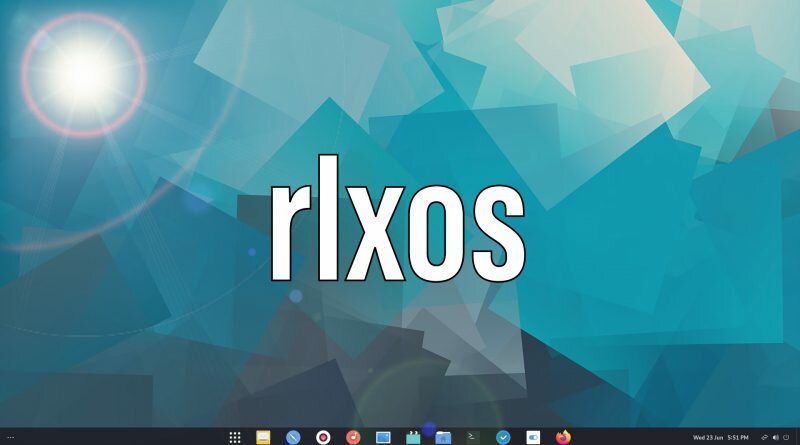rlxOS | A New And Unique Distribution
Every now and then a new Linux distribution comes out that gets me genuinely excited. rlxOS is one of those distributions. It’s a completely free and independent Linux distribution which means it isn’t based on another distribution that came before it. A lot of the time when a new distribution is announced it’s a respin of another existing distribution that is more often than not Ubuntu or Arch.
rlxOS is a uniquely interesting distribution as it’s an immutable operating system not too dissimilar to the likes of Fedora Silverblue and openSUSE’s MicroOS. rlxOS also comes with its very own package manager called appctl. Though the main ways to install and manage new applications is by utilising AppImages. This is made easier by fully supporting them out of the box making it easy to integrate them into your system so they appear in things like GNOME’s overview and application launchers. It also supports Snap and Flatpak though these will need to be installed post installation.
At the moment they only support one desktop environment which is GNOME. It’s a slightly older version of GNOME, 3.36.5. The ISO weighs in at 1.3GB and implements its own installation process and prompts the user to create the partitions using Gparted. The installation itself was incredibly fast and was complete in under a minute on my machine.
Once the installation is complete you’ll be planted at the desktop with a quick welcome screen to guide you through some of the basics of rlxOS. Their implementation of GNOME is nice and clean and uses the ‘Dash To Panel’ extension to give you a single panel at the bottom of your screen which includes your application launcher, running and favourite applications and your system tray. It’s nicely themed out of the box using the Qogir for the window theme and icons. It uses Wayland as its default windowing system and bash as the default shell. Some of the applications installed out of the box include ;
- Evolution (Email client)
- Remmina (Remote Desktops)
- Gparted (Disk partitioner)
- GNOME Tweak tool
- GNOME Web (Web Browser)
rlxOS has its own AppImage marketplace however there is only one application currently available which is Firefox. I downloaded the Firefox application and moved it to ~/Applications to use as my default web browser. For those of you who like to play games using Steam there is no native application available so they recommend installing the Flatpak version. rlxOS is still very new and a lot of the new features are still yet to be implemented. In the future they will also include a virtual assistant.
They include some documentation on their website that includes post installation steps that are worth reading to get familiar with your new system. After going through the steps included you should be good to go!
All in all I’m very impressed with my first run through of this new distribution and I’m genuinely excited to see what the future holds for rlxOS. What do you think about this new distro? Let me know in the comments below!

After watching you video, I decided to give rlxos a try. I am a noob when it come to Linux in general but did install and used a few distros. I had to try installing rlxos several time but finally managed to get to Gparted. But while waiting for the repartitioning to complet, I was required to enter my liveuser password! Any idea what it can be? The rlxos site was not of a big help…
ReplyHello, I don’t actually remember needing a live user password. Did you try it without a password and see what happens ?
ReplyI was able to finalise the installation of rlxOS and the password for the live session was I beleive “Liveuser”!
ReplyJust installed rlxos in QEMU and saw it was running 50% CPU completely idle. Opened the system monitor app and see #1 usage is a process called “bot-server”. Any idea what that is??
Reply